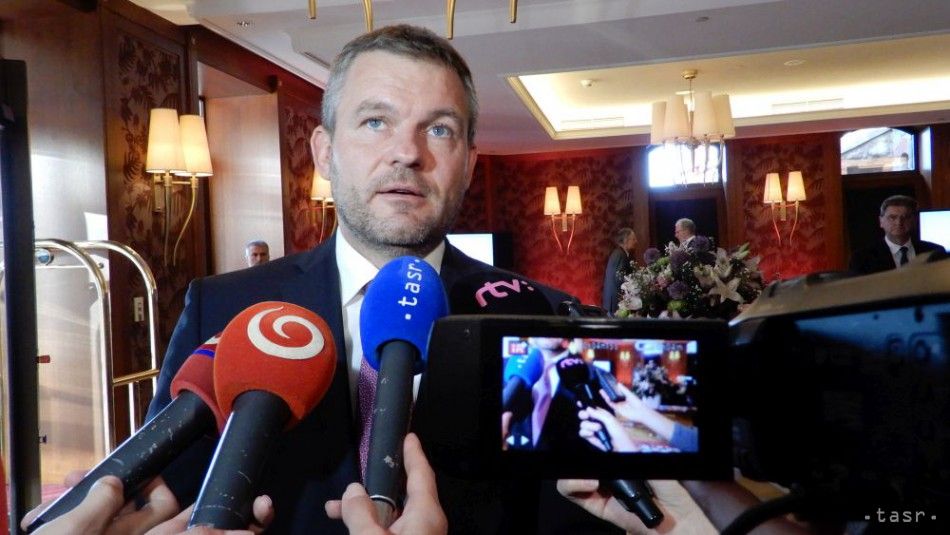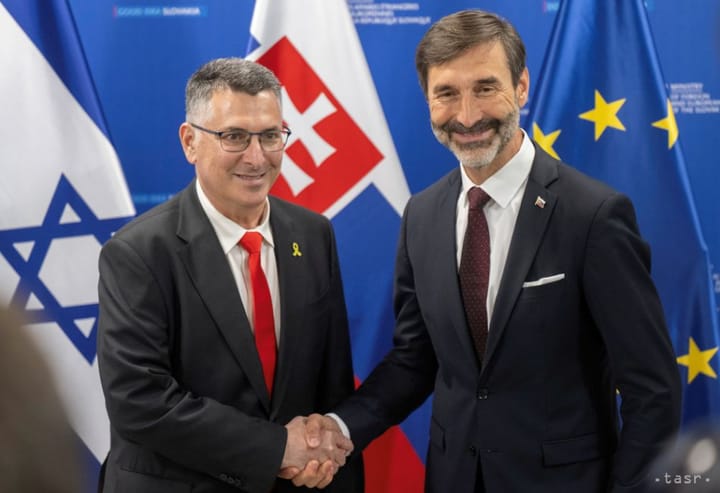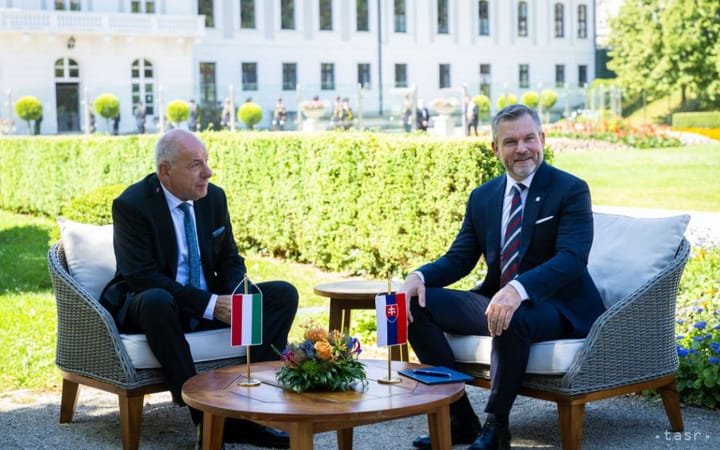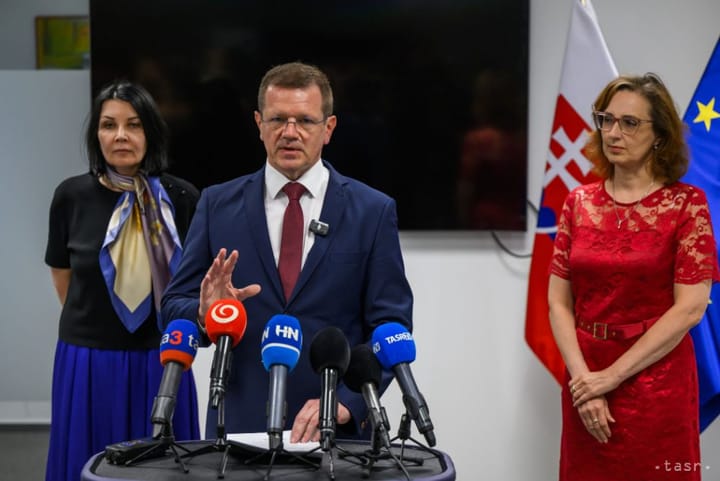Pellegrini: We Should Strive for New Silk Road to Go through Slovakia

Bratislava/Beijing, October 24 (TASR) – Slovakia should try to have the new Silk Road go through its territory, Prime Minister Peter Pellegrini (Smer-SD) told TASR a couple of days ago.
“In relation to China, it’s important for Slovakia to complete the process of certifying our food products so that we can export Slovak milk and meat products to the Chinese market, as they are highly demanded there,” said the prime minister.
Pellegrini pointed to the fact that Slovakia is a gas and oil transit country, and he would be glad if it “remains an artery for goods transit”.
“Trade between East and West is very dynamic, and its intensity increases along with the shift from container shipping to rail transport. We’re talking about a big project involving the Silk Road, and we should do out utmost for Slovakia to contribute to it not only administratively, but also physically, with the Silk Road passing through Slovak territory,” stated Pellegrini, adding that Slovakia might benefit, for example, from the creation of logistics centres.
According to the prime minister, the Silk Road shouldn’t be viewed as a one-way route with goods flowing only from the East to the European Union. “Prognoses say that exports of goods from the EU to eastern markets might be significantly boosted as well. Therefore, we should view the Silk Road as a two-way route,” said Pellegrini. The prime minister also spoke about the Slovak-Chinese trading relationship at a recent meeting of the parliamentary European affairs committee. The issue was raised by committee head Lubos Blaha (Smer-SD), who said that Slovakia should increase its efforts to cooperate with China. According to Blaha, this power entails “huge opportunities”.
China presented its new Silk Road project in 2013. Its goal is to interconnect China, on both land and sea, with countries of Southeast Asia, Central Asia, the Middle East, Europe and Africa. In particular, it would connect 65 countries with a total population of 4.4 billion that participate in some 40 percent of the global economy’s output.



